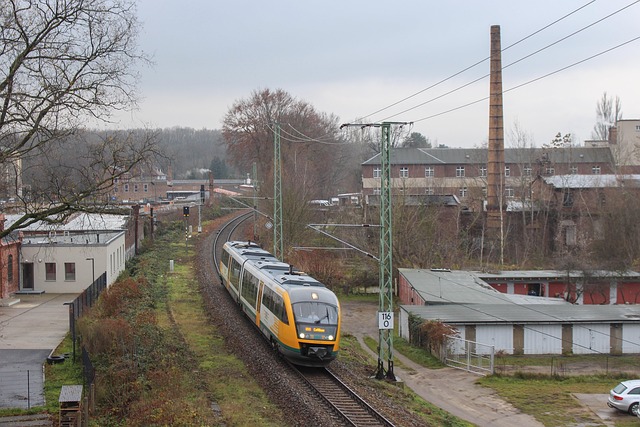In dynamic real estate markets, understanding buyer-seller dynamics is key for both parties. High competition drives up prices through bidding wars, with power shifting between buyers and sellers based on market conditions. Buyers should be strategic, well-informed, and financially prepared to compete. Sellers must strategically price their properties, stage them, and use marketing techniques to attract buyers and maximize sales potential in a competitive environment.
Competition is a driving force in real estate markets, influencing property prices significantly. This article delves into the intricate relationship between competition and final sale prices, exploring how buyer demand meets seller expectations. We examine strategies for navigating competitive environments, offering insights for both buyers and sellers to optimize their approach. By understanding market dynamics, individuals can make informed decisions, ensuring they secure the best possible deals in an ever-evolving real estate landscape.
Understanding Competition in Real Estate Markets

In the dynamic realm of real estate, competition plays a pivotal role in shaping market trends and ultimately influencing final prices. When multiple buyers are actively pursuing a property, the level of competition increases, driving up demand. This is particularly evident in popular locations or for unique properties that offer exceptional features. Understanding this competitive landscape is crucial for both buyers and sellers.
Sellers can leverage knowledge of their local market, including recent sales data and buyer trends, to set optimal listing prices. By gauging the level of competition, they can strategically position their property to attract attention while achieving a higher selling price. Conversely, buyers should be aware that competitive markets may lead to bidding wars, requiring them to be well-prepared with a strong purchasing power or unique value propositions to stand out among other interested parties.
The Impact of Competition on Property Prices

In the competitive real estate market, the impact of buyer and seller dynamics on property prices is undeniable. When multiple buyers vie for a particular property, it creates a bidding war, driving up the final sale price. This phenomenon is particularly evident in hot real estate markets where properties are highly sought-after and inventory is limited. The competition among buyers not only increases the demand but also incentivizes sellers to set higher asking prices, knowing that an active market supports achieving these goals.
Furthermore, the level of competition can influence the negotiation process and overall property values. In areas with a high number of willing buyers and fewer properties available (a buyer’s market), sellers may have more leverage to command premium prices. Conversely, in seller’s markets with many properties on offer and fewer interested buyers, competition might lead to more moderate price increases to attract purchasers. This dynamic interplay between supply and demand, exacerbated by competitive conditions, significantly shapes the real estate landscape and ultimately affects property prices.
Strategies for Buyers and Sellers in Competitive Environments

In competitive real estate environments, both buyers and sellers must employ strategic tactics to navigate the market effectively. For buyers, this might involve staying informed about market trends, setting realistic budgets, and being prepared to act swiftly when a desirable property arises. They can also leverage their purchasing power by considering offers above the asking price, especially if they have strong financial backing. Additionally, building relationships with reputable agents who have access to exclusive listings can give buyers an edge.
Sellers, on the other hand, should focus on making their properties as attractive as possible. This includes staging homes to appeal to a wide range of buyers, conducting competitive market analysis to price their properties appropriately, and providing clear and detailed information about the property’s features and benefits. Engaging with marketing strategies such as online listings, open houses, and targeted advertising can also help sellers attract more interested buyers and drive up competition, ultimately potentially leading to higher final prices.






